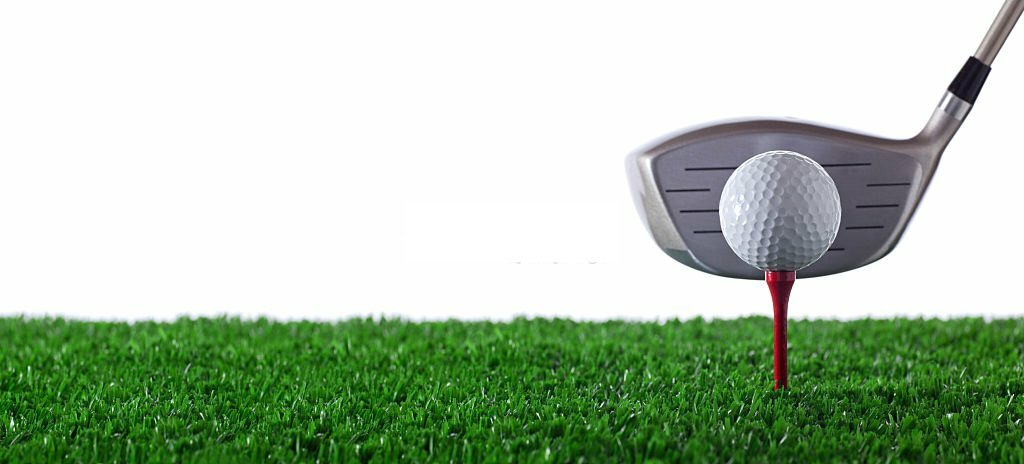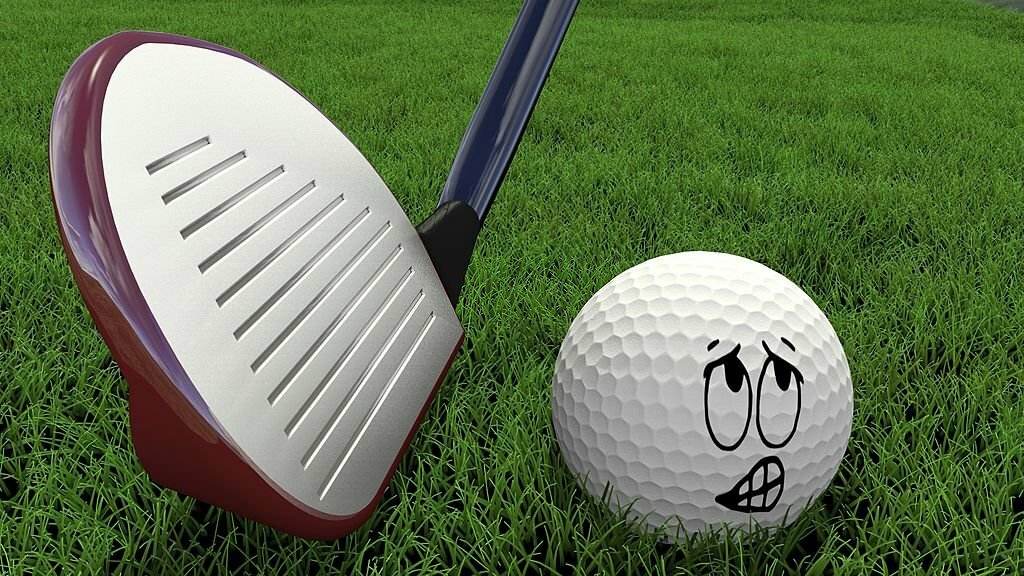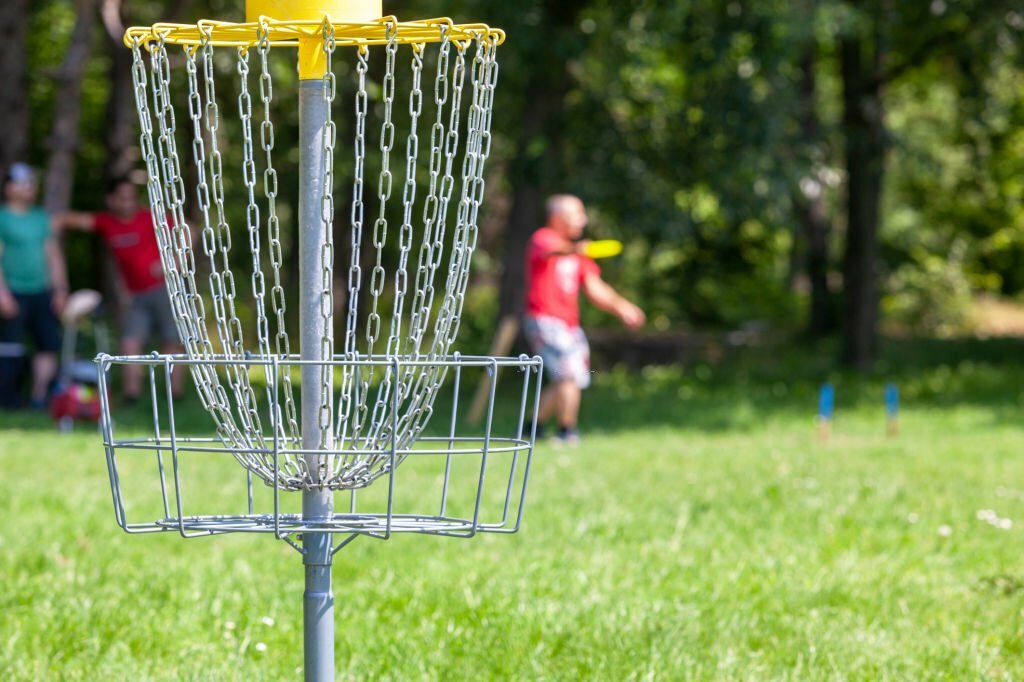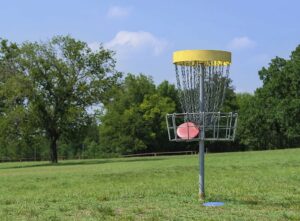Unlock insights into how many clubs are allowed in a golf bag including the putter, and deepen your understanding of golf bag categories and organization.
Understanding Golf Bag Categories
Diving into the world of golf as a novice can throw up a lot of questions, one of which is understanding the distinct categories of golf bags. This information can serve as a clear roadmap, guiding you through your selection process.
Knowing golf bag categories accelerates your selection process, optimizing functionality, efficiency, and storage based on your golfing needs and skill level.
Gaining insights into golf bag categories matters, not just for the aesthetics but in terms of functionality, efficiency, and storage. A sound understanding of these categories ensures you choose a bag that perfectly suits your needs and level of play.
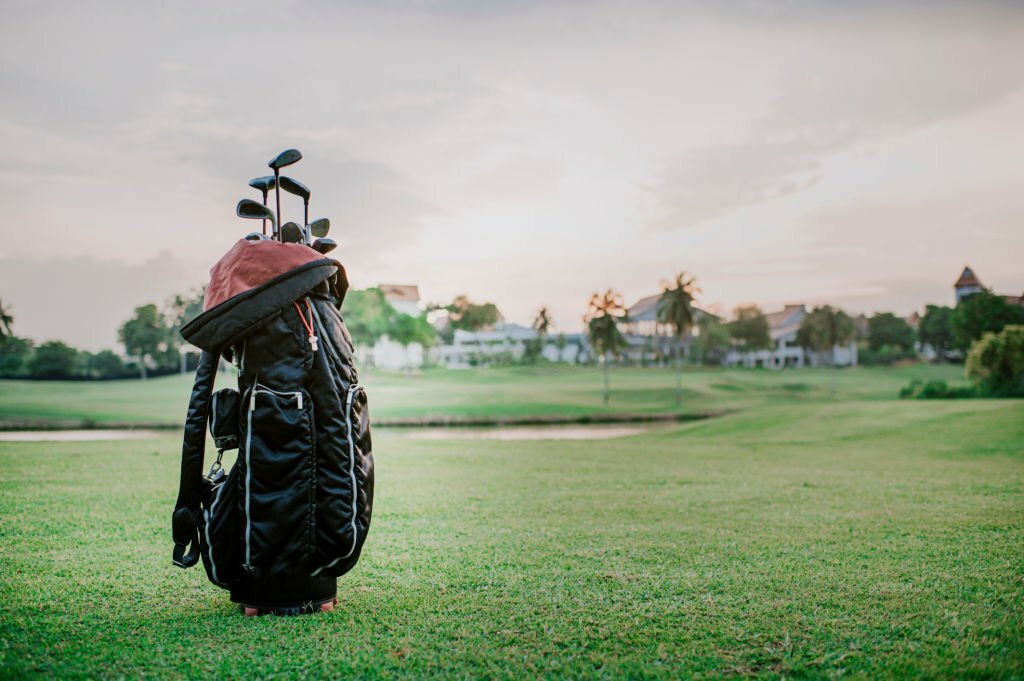
Different Types of Golf Bags
In the golfing world, it’s all about selecting the appropriate gear for your game style. Understanding the differences between staff, cart, and carry golf bags can provide you a significant advantage on the field.
- Staff Golf Bags: These bags are larger and provide ample space for clubs and other accessories. Often used by professional golfers.
- Cart Golf Bags: These are designed for use with golf carts. They are smaller than staff bags but offer plenty of storage.
- Carry Golf Bags: Lightweight and streamlined, carry bags are ideal for golfers who prefer to walk the course.
- Stand Golf Bags: Also lightweight, these bags come with retractable legs allowing it to stand upright, freeing up your hands between shots.
- Travel Golf Bags: Designed for convenient transportation, these bags are used when travelling to different courses, providing excellent protection for your clubs.
Factors to Consider when Choosing a Golf Bag
When choosing a golf bag, you need to consider several factors that not only tap into your personal style and comfort but also are pivotal to improving your game. The perfect golf bag could make a significant difference in your on-course experience.
- The type of golf you play: If you prefer walking the course, a lightweight carry bag would be suitable. However, if you use a golf cart, a larger cart bag with ample storage space might be ideal.
- Size and weight: A lighter bag might be easier to carry but it might compromise on storage space. Balance out your needs of convenience and utility.
- Number of dividers: These help keep your clubs organized and protect them from unnecessary damage. Go for a bag with enough dividers as per your club collection.
- Durability: The quality of material and build determines the bag’s longevity. Materials like nylon and leather tend to last longer.
- Price: Golf bags can vary greatly in cost. Set a budget and find a bag that delivers the best value for your money.
The Anatomy of a Golf Bag
Diving into the anatomy of a golf bag, we find it’s not as complicated as some may think. With various compartments designed to house clubs, balls, tees, and other accessories, understanding these divisions breeds efficiency on the course.
Each compartment in your golf bag has a purpose. From securely holding your clubs in dedicated slots to safely storing your personal items, knowing what each pocket is for helps you organize better and ace your game unknowingly.
Main Compartments of a Golf Bag
Your golf bag is more than just a holder for your clubs – each compartment is designed with a unique function. The club chamber, or ‘heart,’ is where your main game-changers reside, while the variety of pockets and pouches serve as handy storage for essential golf accessories.
- Explaining the Club Chamber: Often featuring dividers, this is the largest compartment where the golf clubs rest. It typically has multiple sections for different clubs.
- Pockets and Pouches: Often on the golf bag’s sides. These hidden spaces can carry your balls, tees, gloves, rain covers, hydration, snacks, and personal belongings.
Additional Features and Pockets
With the variety of localized pockets in a golf bag, you can store more than just clubs. These pockets, also known as multifunction pockets, cater to golfers’ versatility, allowing storage of other items essential for the game.
- Golf balls pocket: Dedicated pocket for storing a handful to a dozen or more golf balls
- Rain hood compartment: A special pocket for storage of rain hood to protect clubs during rainy rounds
- Apparel pocket: Provides space for a light jacket or change of clothes
- Insulated pocket: Designed to store drinks and keep them cool
- Valuables pocket: Ideal for stashing keys, wallet, and mobile phone

Golf Bag Capacity
Knowledge of your golf bag’s load capacity can help you maximize space, ensuring all essential equipment fits perfectly. Understanding bag capacity is critical in maintaining an organized and balanced golf bag.
Estimating your golf bag’s capacity isn’t rocket science! By factoring the number of club divisions, pocket sizes and additional spaces, you can have a practical insight into how many clubs, and additional items, your bag can comfortably accommodate.
Clubs Allowed in a Standard Golf Bag
When it comes to packing your standard golf bag, there are limits. Most golf rules allow you to carry up to 14 clubs. The club assortment often includes woods, irons, hybrids, wedges, and a putter.
Understanding which clubs make the cut involves knowing your game style and the course layout. Prioritizing clubs based on these factors will help you stay within the golf bag limit while enabling optimal play.
Types of Golf Bags and Their Capacities
Balancing the capacity of your golf bag is essential. A carry bag would typically slot in about 14 clubs, perfect for pro-sized sets, while a Sunday bag is for the minimalist golfer, accommodating no more than 6-7 clubs.
Among golf bags, cart bags come with more storage pockets and a higher club capacity, suitable for those who don’t mind the weight and have motorized transport convenience.
The most pro-type amongst all is the tour bag. With whopping storage compartments, it accommodating all your clubs, clothes, balls, and more, plus showcasing sponsor logos.
In the middle ground, the hybrid golf bag or stand bag brings balance to capacity and portability. It offers a decent club count with lesser bulk than a tour bag.
The type of your golf bag should match your game strategy. Whether you’re a heavy hitter needing multiple clubs or a tactician who plays with few tools, there’s a golf bag out there designed for your needs.
Carrying Clubs in a Golf Bag
Golf bag organization is an art that requires a strategy. With effective club carriage techniques, your clubs are protected, easy to locate and retrieve, and most importantly, conform to the rules of the game.
Mastering the art of club carriage in a golf bag isn’t rocket science. Utilize a guide, and in no time, you’ll be loading your golf bag like a pro, ensuring you conform with club carriage regulations and improve efficiency on the course.
Properly Arranging and Protecting Clubs
When arranging your clubs, start by grouping them by type: woods, irons, and putters. Then, place them in their designated sections in an ascending order, ensuring each club is secured to prevent them from clanging together when you’re on the move.
To protect your clubs, invest in iron covers and a rain hood. Likewise, using headcovers, especially for your woods, putters, and high-end clubs, keeps them safe from unwanted scratches, dust, and adverse weather conditions.
How Many Clubs Can You Carry?
Determining your club essentials can often lead to a game of numbers. A professional player might need up to fourteen clubs, including a putter. However, for a casual player, carrying fewer clubs, such as a driver, a putter, and two types of irons, may be sufficient.
The legal limit for carrying golf clubs in a standard golf bag, according to the United States Golf Association (USGA), is fourteen. This counts the putter as well. Having extra clubs can result in penalties during tournament play.
Balancing total club count with variety is an art. You should consider golf course peculiarities, weather, and your specific playing style. Incorporating this knowledge will guide you towards optimal club selection, keeping you within the legal limits.
Understanding the Putter
Every golfer’s bag must include a putter, a unique low-lofted club designed for use on the putting green. The purpose is to roll the ball into the hole, a critical last link in completing a golf hole.
The putter holds a special place in your golf bag. Its design specificity strategically serves to control speed and direction, making it crucial in scoring. Understanding its importance will allow you to better organize and optimize your bag.
The Putter in Golf
Critical to perfecting those last, game-defining shots, the putter holds a particularly special place in golf. Being the most used club, it’s finely tuned offering a smooth roll and precision that often spells the difference between victory and defeat.
Putters stand out. Their unique features, like a flat face to maintain ball control or alignment aids for target accuracy, set them apart in your golf bag. They are carefully designed for short-distance shots requiring finesse.
Compounded by the multiple types of putters available, from blade and mallet to peripheral weighted, understanding your putter’s role in your game helps to refine your golf strategy. A vital part of your selection, it truly contributes to those little victories on the green.
Different Varieties of Putters
Putters are not just randomly made, they have typologies. Understanding this allows for a more informed decision when choosing a putter. From blade and mallet designs to center-shafted options, the categorization is diverse.
Did you know putters can be categorized based on their balance? That’s right, face-balanced and toe-balanced putters differ significantly in how they impact your shot.
Choose wisely, not all putters are created equal. There are those designed for specific golfer preferences or conditions, like the belly putter or the broomstick putter. Learning about them helps you identify which is most suitable.
Let’s explore the components of putter variety. These are important in your selection process – design, balance, length, loft, and weight – all play into your putting style and success on the green.
The world of putters is vast but intriguing. Immerse yourself in the different varieties and lose yourself in their unique characteristics. This knowledge will guide you in choosing a putter that feels like an extension of your arm on the golf course.
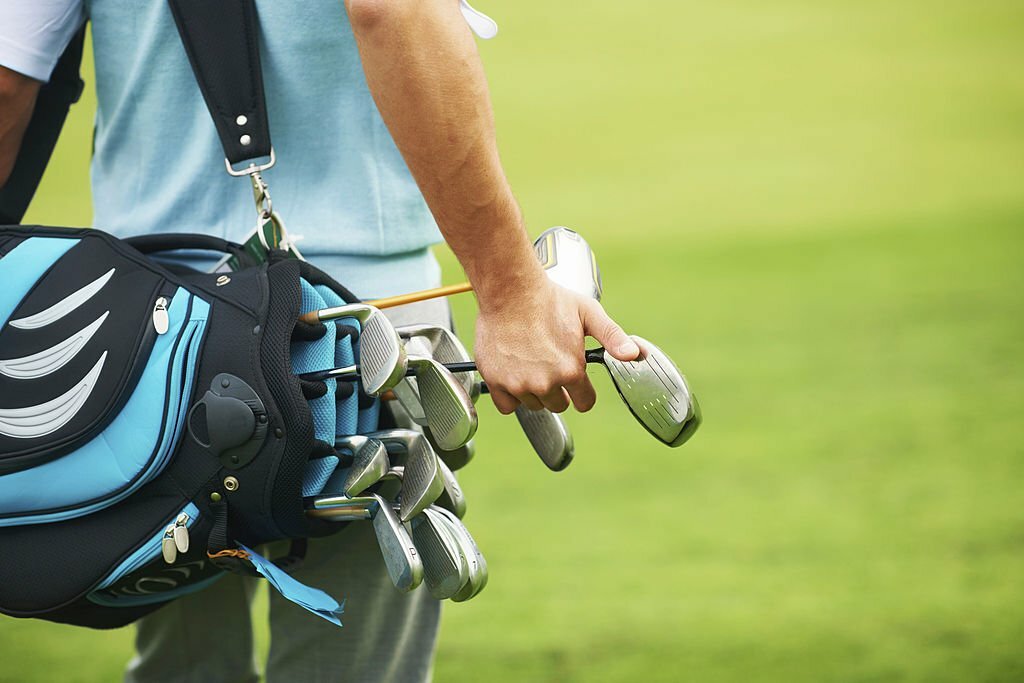
Including the Putter in Your Golf Bag
A putter is a valuable addition to your golf bag ensemble, offering precise targeting for short-range shots. It’s a tool that despite its often underestimated importance, greatly contributes to your golfing success.
The question isn’t whether you should add a putter to your golf bag, but rather when. Ideally, a putter should be an integral part of your bag from your earliest games, allowing you to familiarize with its use.
Putter Selection and Storage
When it comes to choosing the ideal putter, one must ponder upon the length, grip size, and head design. These parameters influence how the club feels in your hand and your performance on the green. Be sure to test various styles to find what fits best.
Safely stowing your putter matters. Keep it in a full-length divider to minimize damage or in a special putter well if your bag has one. This helps in avoiding scratches and dents caused by crowded golf clubs.
For easy accessibility, place your putter in a spot where it can be quickly grabbed. Arranging clubs in descending order by length, with putter either at the top or bag end, is a suggested format. Remember, a well-organized golf bag saves time on the course.
Tips for Organizing Your Golf Bag
Revamping your golf bag can help make use of any available space. Consider light items that won’t add to the weight, like an extra towel for cleaning clubs or a compact first-aid kit. These would not only fill the excess space but would also come in handy during the game.
When arranging your golf clubs, consider accessibility and weight balance. The frequently used clubs should be placed for easy reach while heavier clubs must be evenly distributed to avoid unnecessary strain when carrying or pulling the bag.
Free space in your golf bag can be creatively optimized by adding helpful accessories. Having an umbrella slot, a cooler pocket, or even a battery pack for charging devices can be quite beneficial, making your golf bag not just a clubs carrier but a portable mini locker.
Remember that the aim is to structure your golf bag in a way that suits your specific needs. Some golfers opt to arrange their clubs in order of height for easy identification. Alternatively, you could arrange them according to their usage frequency, keeping the most used clubs within an arm’s reach.

